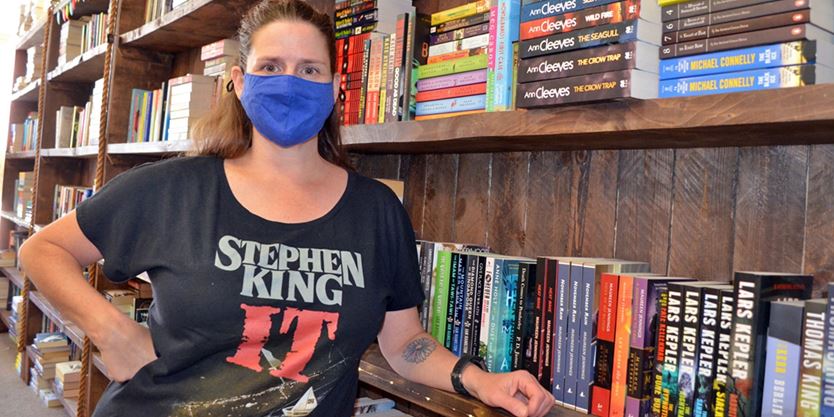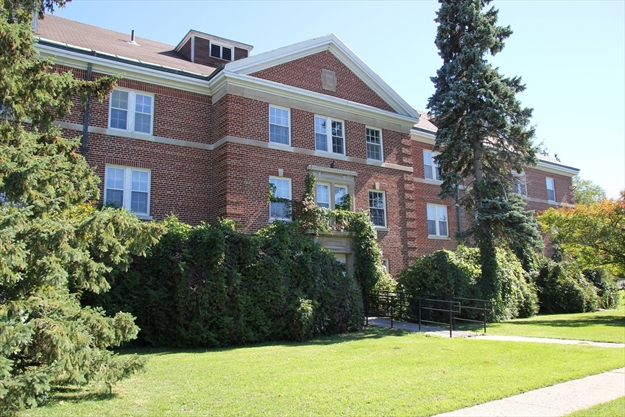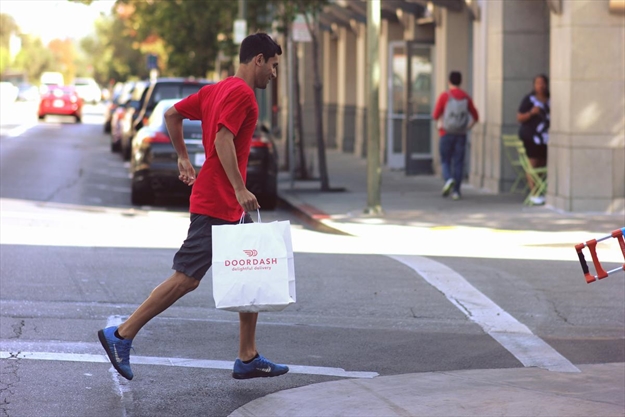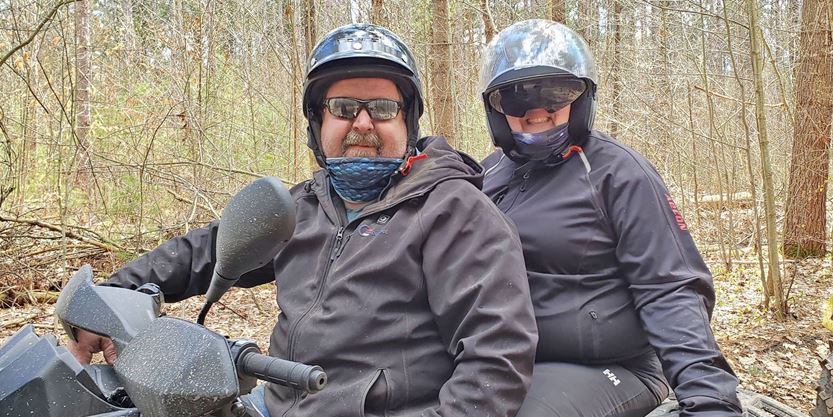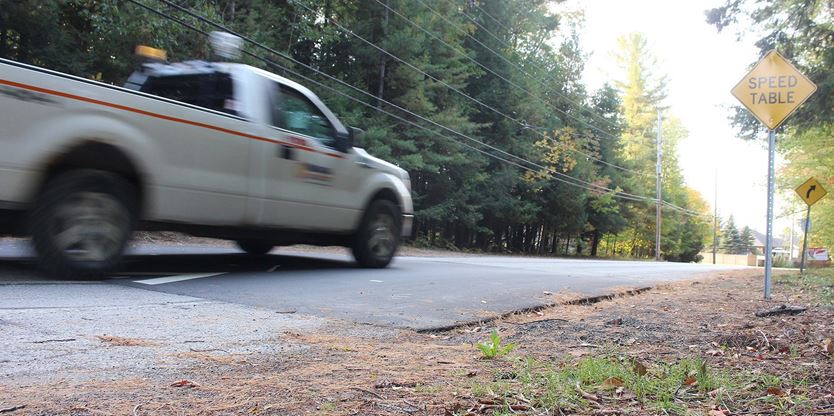The record high number of tests reported Thursday masks upheaval in Ontario’s testing system, with assessment centre volumes dropping, positivity rates rising, and other provinces bailing out Ontario’s backlog.
This week, Ontario Health directed some hospitals in Greater Toronto to reduce testing volumes at assessment centres, according to a memo seen by the Star, part of an effort to reduce the persistent queue of unprocessed tests.
At other hospitals in the GTA, testing “targets” have remained the same, but the number of people getting swabbed is dropping nonetheless — in some cases by nearly half. Doctors say the switch to appointment-based bookings is merely moving lineups online, and shifting the testing backlog to before swabs are collected rather than afterward.

Next week, Ontario’s public health agency will begin sending 1,000 specimens a day to Nova Scotia labs to be tested for COVID-19, and another 500 a day to the National Microbiology Laboratory in Winnipeg. New Brunswick Premier Blaine Higgs said Tuesday he and Ontario Premier Doug Ford have discussed “what we might be able to do to help” with Ontario’s testing needs.
Amid these challenges, the daily reported COVID-19 infections don’t currently provide an accurate picture of the state of Ontario’s epidemic, experts say — a particularly alarming situation as Ontario Thursday, with regional hot spots reporting rapidly rising rates of positive tests.
The numbers being reported by the province right now are “useless,” says Dr. Andrew Morris with the Sinai Health System and University Health Network.
“We’re not flattening the curve. We’re hiding it.”
On Thursday, the number of tests “currently under investigation” in Ontario was 58,000, after the backlog hit 91,000 late last week. Thursday’s record of completed tests was 48,500.
Ontario Health on Tuesday told some hospitals in its Central Region to reduce testing volumes at assessment centres, in part to better align tests with current lab capacity, according to a memo seen by the Star. Hospitals in this region include Mississauga’s Trillium Health Partners, Humber River Regional Hospital and William Osler Health System, which includes Brampton Civic Hospital and Etobicoke General Hospital, both in COVID-19 “hot spots.”
Ontario Health, the agency in charge of COVID-19 testing, did not respond to questions from the Star regarding testing volumes and targets.
At Trillium Health Partners (THP), the number of daily tests conducted at its two assessment centres has recently dropped by more than half.
In September, THP conducted an average of 1,200 tests a day, according to a press release outlining its plan to manage the pandemic’s second wave. On Wednesday, a spokesperson confirmed THP is currently testing 500 people a day at its assessment centres, adding that its “testing volume is aligned with guidance from Ontario Health.”
When pressed on the difference, a spokesperson said the hospital had in recent weeks “adapted its testing model” to include “testing by appointment only and testing symptomatic patients only.
“These updated guidelines have resulted in a change in the number of people being tested daily at THP.”
At William Osler Health system, which operates assessment centres in Brampton and Etobicoke, a spokesperson said average daily testing volumes had dropped from 1,648 daily (Oct. 1-3) to 1,292 (Oct. 4-7).
“Osler has aligned its testing capacity based on Ontario Health’s guidance,” Donna Harris said, adding that the hospitals support local partners doing testing in the community, “including neighbourhoods experiencing greater risk.”
Officials from Humber River Hospital, also located in Ontario Health’s Central Region, said the testing target has not recently changed at its two assessment centres — it remains 350 samples per day, with the ability to scale up to 500, said spokesperson Joe Gorman. But the new appointment-only model enables the hospital to “stay on those targets,” he said.
This week, testing activity has significantly dropped below targets, however, with a daily average of 270 tests compared to 520 last week. Meanwhile, the positivity rate at Humber is 11.5 per cent, Gorman said — an alarming statistic that suggests worrying levels of community spread in the surrounding area, which was the city’s hardest-hit region during the epidemic’s first wave.
In Peel, the rate of people testing positive for the virus is on the rise, according to Ministry of Health data provided to Peel Public Health. The positivity rate for the region was 3.05 per cent for the week of Sept. 20-26, and 3.49 per cent for the week of Sept. 27-Oct. 3. However, a spokesperson said the most recent provincial data representing the week ending Oct. 3 should be interpreted with caution as it is considered incomplete due to “lab lags,” meaning more positive tests may be reported in the coming days for this period.
Physicians who spoke to the Star are concerned online booking is creating yet another barrier for people who need COVID-19 tests, especially those in marginalized communities or elderly people who might struggle to navigate these Internet-based systems.
Dr. Lisa Salamon, chair of the Toronto district of the Ontario Medical Association, believes that the government’s shift to an appointment-only system was aimed at limiting the number of tests performed. “It’s directly capping it,” she said. “This is the government really wanting to reduce lineups, wanting to take away the media ops of long lineup pictures.”
Salamon, an emergency room physician, works at an assessment centre in Toronto and said hospitals that already had an appointment-only model before the province’s policy shift were always seeing fewer people. “We were getting their overflow from the beginning.”
Since her testing site stopped taking walk-ins, volumes have dropped by roughly half, she said.
“It’s now a gong show,” Salamon said. “The hospitals worked all weekend long trying to figure out how to do (online bookings) because the government mandated it, and now people can’t get appointments … it just puts up more and more barriers for people to get the care that they need.”
“People who are symptomatic need free and open access to testing and we don’t have that right now,” said an emergency room physician who works at a hospital assessment centre in the GTA, and who requested anonymity because he was not authorized to speak for the organization.
“I believe it was the government’s intent to manage access because they don’t want a backlog of tests because that is measured. They can have a backlog of people waiting for a test because no one measures that.”
A new phenomenon that seems to have been ushered in by Ontario’s new system of appointment-only testing is high cancellation rates. In Kitchener, says it’s seeing more than 100 no-shows per day this week; at Mackenzie Health in Richmond Hill, the assessment centre was recently testing up to 1,000 people a day but this week that dropped to a daily average of 700, about 10 per cent of whom end up cancelling.
At Humber River, 83 people cancelled Wednesday and 73 the day before, said Dr. Ruben Rodriguez, lead for the hospital’s assessment centres. “The phenomenon that is occurring with the change to appointment-only is that the public is trying to book at multiple facilities and whenever they find the soonest one, they forget about the other one,” he said. “That is taking away appointments from other people.”
The specimens being sent to Nova Scotia and Winnipeg for testing are part of a partnership struck by Public Health Ontario. The agency couldn’t confirm if other members of the provincial testing network are also sending samples out of province.
A spokesperson said the arrangement to send specimens to Nova Scotia — 1,000 on weekdays, 500 on weekends — and the National Microbiology Lab in Winnipeg — up to 500 a day — was created “to improve test turnaround times and to address the current backlog of tests.” The agency is hoping to get results back within three days.
“We are unsure at this point how long the partnerships will continue,” PHO spokesperson Janet Wong said, adding that the agency is building capacity at its own labs and once that is reached, won’t require out-of-province testing.
“The PHO lab works collaboratively with public health laboratories across the country, and this partnership is an example of that collaboration and support.”
With files from Kevin Jiang
Megan Ogilvie is a Toronto-based health reporter for the Star. Follow her on Twitter:
Kate Allen is a Toronto-based reporter covering science and technology for the Star. Follow her on Twitter:
Jennifer Yang is a Toronto-based reporter covering identity and inequality for the Star. Follow her on Twitter:


